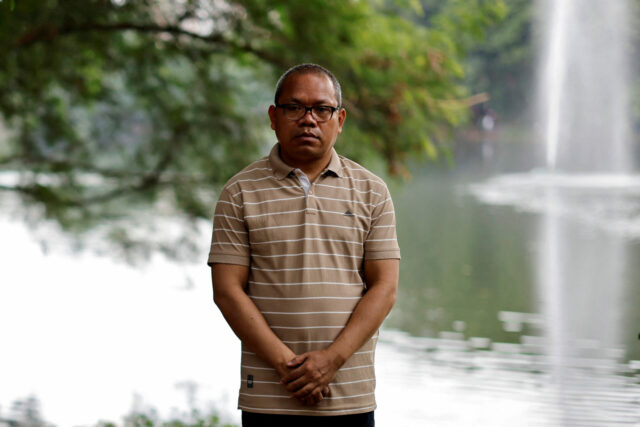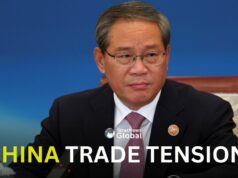Micheal Chakma, a Bangladeshi indigenous people’s rights activist was abducted by armed men in Dhaka five years ago. Since then, the outside world did not know if he was alive or not. Until now.
Earlier this month, Chakma said he was woken up by captors in the dark, tiny cell where he was held and thrown into a car, handcuffed and blindfolded.
“I thought they would kill me,” he said. Instead, he was freed
He was beaten for weeks, he said. was questioned about his opposition to then PM Sheikh Hasina. Chakma was then left alone in one of what he said were “hundreds” of cells with no sunlight at an unknown detention facility.
THE HASINA RULE
Hasina had been in power for the last 15 years. Her position was marked by arrests of opposition leaders, crackdowns on free speech and suppression of dissent. Earlier this month she resigned in the face of deadly student-led protests that killed hundreds.
This was followed by investigation into how hundreds of people had just “disappeared” or executed during her tenure. These were on priority by the interim government led by Nobel laureate Muhammad Yunus.
As per a 2021 report by the Human Rights Watch, nearly 600 people have been forcibly “disappeared” by security forces since 2009.
It verified 86 enforced disappearances cases in which the victims’ state remains un known. Others were freed, shown as arrested or found dead, it said.
Activists say the victims were held in different detention centres across the country. Any involvement of the army, paramilitary or police could pose a challenge to the Yunis govt’s investigations.
Spokespersons for Bangladesh’s military and police did not respond to requests seeking comment.
Hasina, who is living at an undisclosed location near New Delhi, could not be reached.
Her son Sajeeb Wazed, who lives in the U.S, has not responded to questions about these allegations.
The government has formed a five-member commission to probe the disappearances.
“There are concerns that perpetrators might try to cover up their crimes,” said Asia Deputy Director for Human Rights Watch Meenakshi Ganguly.
“As a first step, the security forces should release all those that have disappeared, or provide answers to the families if they were killed in custody.”
‘DIFFICULT TO BREATHE’
Chakma found freedom on Aug. 7 in teak gardens near Chittagong district, around 250 km from Dhaka. He did not know that Hasina had been ousted from office two days earlier.
“It was difficult to breathe. Initially, they told me that they would release me soon. But as months and years passed, I gave up hope of getting out. Each day felt like 100 days there,” he said.
At least two other people were freed but very few details emerged on who held them and where.
The interim government said this week the commission will “investigate enforced disappearances that occurred” since Jan. 1, 2010. It said that these disappearances “allegedly involved members of the police, military, and intelligence.”
One of the victims of the detention centres was Shafiqul Islam Kajol. He was a photojournalist in Dhaka.
Kajol said he was kidnapped by a group of 8-9 people at gunpoint near Dhaka University in March 2020. He said: “They beat me a lot there.”
Between threats of killing him, he said his captors asked what he knew about Hasina.
After 53 days in captivity, he was left near a border town and promptly arrested by Bangladesh’s border police. He was released in December 2020, after the courts acquitted him of trespassing charges.
Kajol went to London on a visit last year and applied for asylum, which is still under review.





